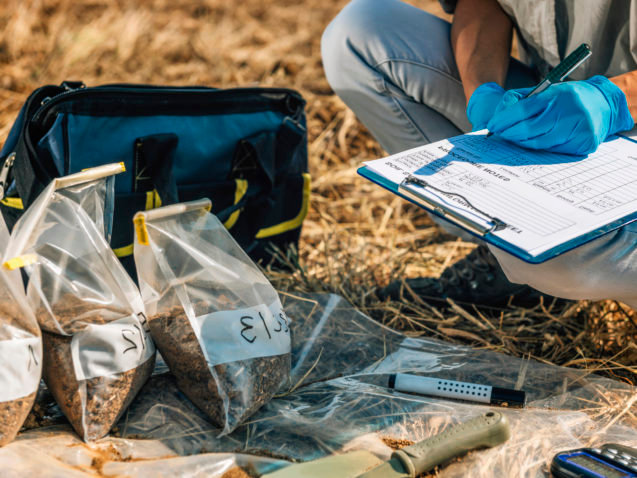If it’s not safe, it’s not food. So how do we analyse the risk of food safety hazards in the EU? And what steps does the industry take to contribute to this process?
Risk analysis in food safety should follow a structured approach combining risk assessment, risk management and risk communication.
- Risk assessment identifies and characterises the risk. Uncertainty is intrinsic to this process and it is key to understand how important such uncertainty is and, on that basis, understand the reliability of the risk assessment. The European Food Safety Authority (EFSA) is the keystone of EU risk assessment regarding food safety. EFSA collects and analyses existing research and data and ultimately provides scientific advice to support decision-making by risk managers.
- Risk management involves weighing policy solutions, in consultation with interested parties. In this process, risk managers (e.g. the European Commission, Member State authorities) consider the risk assessment and other relevant factors and, if needed, decide upon appropriate prevention or control measures to ensure an appropriate level of consumer protection.
- Risk communication is the exchange of information and opinions throughout the risk analysis process concerning risk, risk-related factors and risk perceptions, among assessors, managers, consumers, industry, and other interested parties.
These three components are different but intertwined, and those with responsibility for each must closely interact throughout the risk analysis process in order to achieve effective solutions.
The role of the food and drink industry
Food and drink companies, as partners in the food supply chain, must make sure food is safe. This is a non-negotiable responsibility and our number-one priority.
For instance, there is a wide array of contaminants (be they natural, agricultural, or industrial) in food and the industry is fully committed to managing them and to partner with policy makers and other stakeholders to find and apply the most effective solutions.
Industry participation in all aspects of risk analysis is essential for effective decision making and can serve as a major source of expertise. During the risk assessment process, industry plays a crucial role in providing for example occurrence and usage data of chemicals in food to support EFSA’s scientific assessments and evaluations.
One goal of risk management is to identify the lowest reasonably-achievable risk. This may require knowledge of the specific variables and capabilities in food processing to increase the likelihood that decisions are fit-for-purpose. The expertise that the industry provides is therefore vital for risk managers.
Industry also has a responsibility in risk communication with consumers. For example, food labels are essential sources of consumer information, whether listing ingredients or instructions for safe handling and consumption of the product.
The importance of risk communication
Risk communication is an essential part of risk analysis. It is a necessary and critical tool to appropriately define issues, explain the risk assessment and develop the best risk management decision. Indeed, the usefulness of a risk assessment may be limited if the output is not designed to help with risk management decisions. In addition, risk communication is needed in helping risk managers to understand the likely impact of their different decisions and thereby to assess how effective their decisions would be.
Different types of issues require different approaches to risk communication. Emergency food safety events require a rapid response, while latent food safety problems require continuous communication with target audiences and stakeholders, including consumers.
One goal of food safety risk communication is to protect people’s health by providing them with the information that enables them to make good food safety decisions. This can involve communicating about both the risks and the benefits associated with particular food choices. This is the case, for instance, when the benefits of a varied diet outweigh certain risks, or when a food that is risky for some consumers may be beneficial to others.
It is important to also understand and address public perceptions of food safety risks in order to develop effective risk communication messages. How people perceive risk informs their attitudes, intentions and behaviours.
Good risk communication and informative risk messaging may not always increase certainty and trust, but inadequate risk communication and poorly developed messages will almost certainly harm both.
EFSA is currently finalising a scientific report on risk communication theory and best practice, scheduled for March/April 2021, which will inform the European Commission’s future plan for risk communication foreseen by the Transparency Regulation. FoodDrinkEurope members stand ready to contribute to this process.





